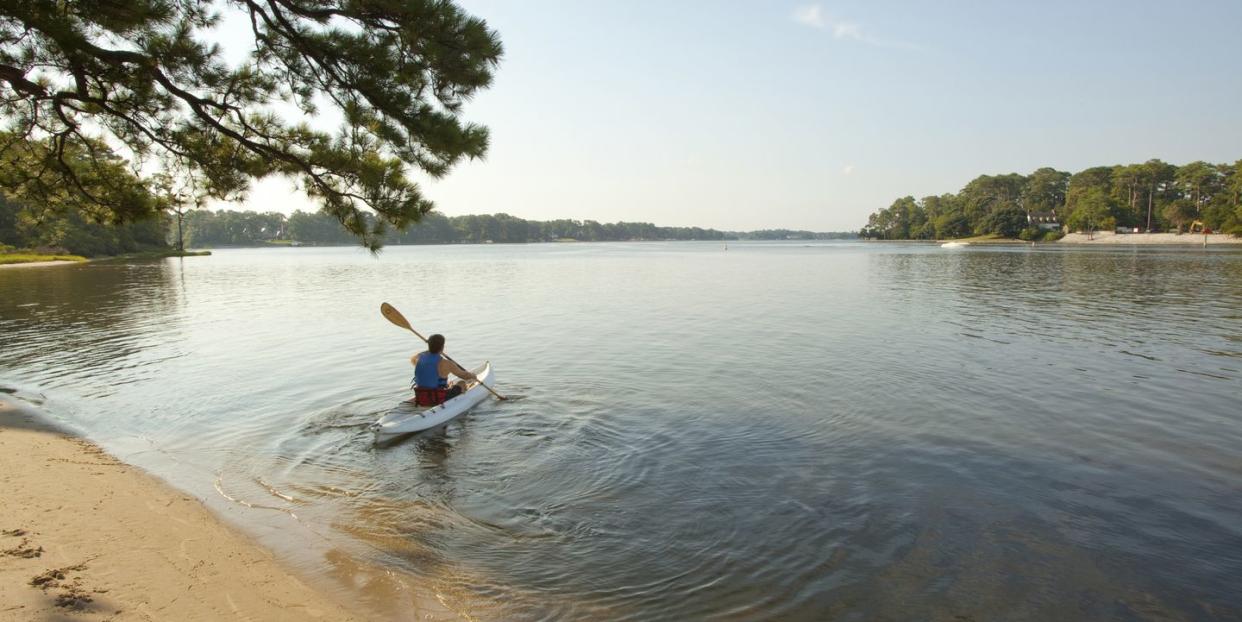Iowa Swimmer Contracts Rare Brain-Eating Amoeba in Lake Prompting Beach Closure

An Iowa lake is closed for swimming after a confirmed infection of Naegleria fowleri, a brain-eating amoeba, surfaced.
The single-celled living organism can lead to a fatal brain infection known as primary amebic meningoencephalitis (PAM).
The infection is rare—only 154 cases have been confirmed since 1962.
Friday, the Iowa Department of Public Health (IDPH) closed its Lake of Three Fires for swimming after a Missouri resident took a dip and was confirmed to be infected with a rare brain-eating amoeba called Naegleria fowleri.
According to a statement released by the department, the lake will remain closed while it works with the Centers for Disease Control and Prevention (CDC) to test the water and confirm the amoebas’ presence.
Naegleria fowleri is a single-celled living organism that can lead to an often fatal infection of the brain called primary amebic meningoencephalitis (PAM), the department’s statement warns. The amoeba is commonly found in warm fresh water such as lakes, rivers, and ponds, but the infection is rare—only 154 cases have been confirmed since 1962. With that said, only four of those infected individuals survived, according to a report from the CDC.
What are the symptoms of PAM, the infection caused by the brain-eating amoeba?
Symptoms of PAM are similar to those of bacterial meningitis, per the CDC, which can make it difficult to diagnose. They include a severe frontal headache, fever, nausea, vomiting, a stiff neck, and in later stages, seizures, hallucinations, and a coma-like state. The CDC says people typically die within 18 days of infection.
Naegleria fowleri invades the brain through the nasal passages, where it destroys brain tissue. According to the CDC, you cannot become infected by drinking contaminated water. The amoebas are naturally occurring in fresh water and there is currently no known way to control them.
How to protect yourself from contracting PAM
With that being said, the CDC and the IDPH recommend taking the following precautions during fresh water activities to minimize water in the nose, however, they are not based on any scientific testing, as the low number of infections make it difficult to show their effectiveness.
Hold your nose shut, use nose clips, or keep your head above water when taking part in water-related activities in bodies of warm freshwater.
Avoid water-related activities in warm freshwater during periods of high-water temperature.
Avoid digging in, or stirring up, the sediment while taking part in water-related activities in shallow, warm freshwater areas.
The CDC says that because the amoebas are naturally occurring, swimmers and the like should always assume that there’s a low level of risk associated with entering fresh water lakes, ponds, and hot springs, particularly in warmer, southern-tier states.
You Might Also Like

